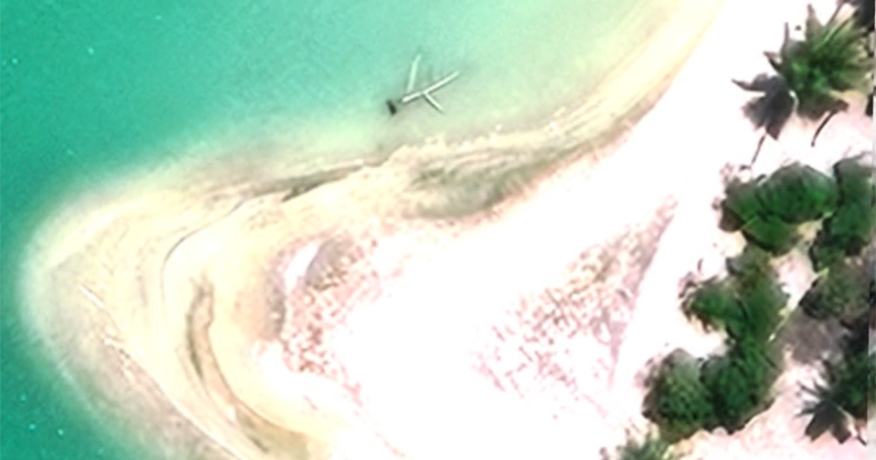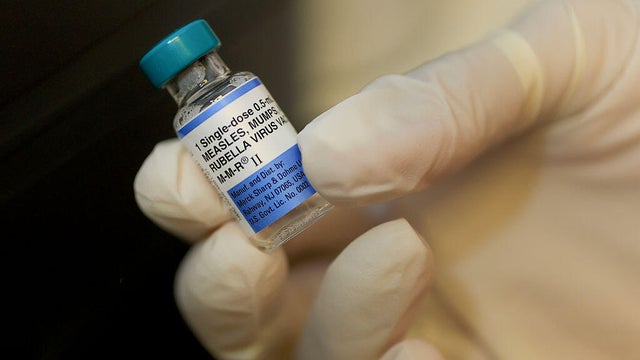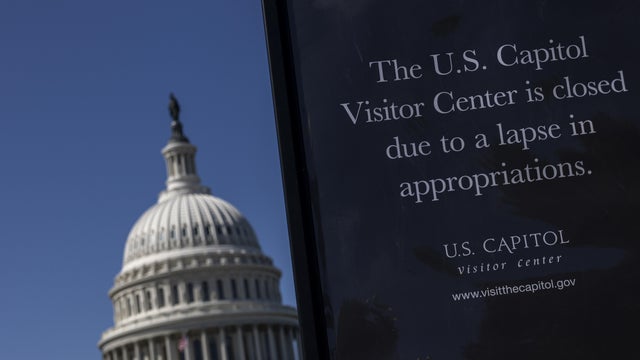

No response returned

Researchers from Purdue University are set to travel to the South Pacific to determine if a "visual anomaly" on a remote island is the wreck of Amelia Earhart's lost plane, saying there is "very strong" evidence the object is the iconic aviator's aircraft.
Earhart was attempting to become the first female pilot to circle the world when she and navigator Fred Noonan disappeared over the Pacific Ocean on July 2, 1937. Earhart, Noonan and their plane, an Electra 10E, were never found. Recently, President Trump be declassified.
In 2020, researchers looking at satellite imagery identified a "visual anomaly" known as the in a lagoon on Nikumaroro, a small island in Kiribati about halfway between Australia and Hawaii, according to a . Nikumaroro is about 400 miles southeast of Howland Island, Earhart and Noonan's planned destination.
The underwater object has been visible in photos dating back to 1938, the year after Earhart and Noonan .
A team of researchers from Purdue University, the Purdue Research Foundation and the Archaeological Legacy Institute will travel to Nikumaroro to inspect the object in November. The team will first take photos and videos of the site, then use magnetometers and sonar devices to scan the area. Then, the item will be dredged and lifted from the water so researchers can attempt to identify it.
Theories have abounded about Earhart and Noonan's fates since their disappearance. One theory suggests that Earhart landed on Nikumaroro and was marooned on the island before her death. The International Group for Historic Aircraft Recovery, a nonprofit organization based in Pennsylvania, has it says supports the theory. Richard Pettigrew, the executive director of the Archaeological Legacy Institute, said that the expedition offers a chance to find "smoking-gun proof" that confirms the theory.
''We gathered up many more satellite images, did historical research, found other imagery that relates to it," . "We're going to go look and identify it. And if we're right, we'll in fact identify the lost Electra. We could be wrong but I think the evidence is very, very strong that this is, in fact what it is.''
However, Ric Gillespie, executive director of the International Group for Historic Aircraft Recovery, has expressed skepticism. "We've looked there in that spot, and there's nothing there," NBC News in July.
Steve Schultz, a Purdue senior vice president and the university's general counsel, will be a field assistant on the expedition. He said that if the object is identified as Earhart's plane, the university hopes it can transport the plane home. Earhart worked at Purdue University for two years in the 1930s, and the Purdue Research Foundation originally paid for the airplane that Earhart flew, the school said. She planned to return the craft to the university after her trip around the world.
"A successful identification would be the first step toward fulfilling Amelia's original plan to return the Electra to West Lafayette after her historic flight," Schultz said in the news release.
Last year, an expedition team in the Pacific Ocean that appeared to resemble Earhart's plane resting at the bottom of the sea. It a rock formation.





